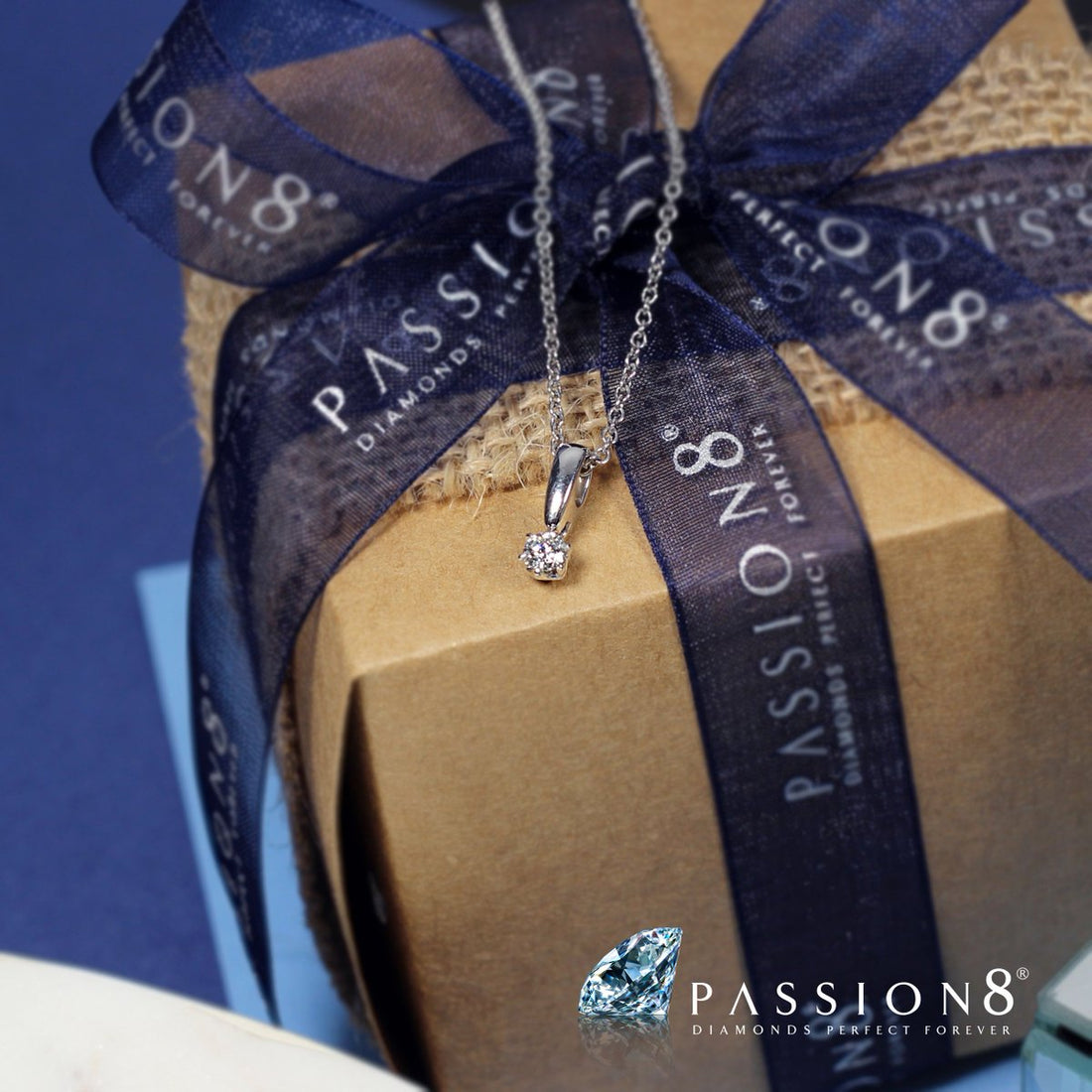You’ve started looking for the ring.
The world of engagement ring

Breaking down the Ring
Head: the piece of the band that holds the centre stone in place.
Prongs: A part of the head, these are the small metal claws that hold any gemstones in place. There’s generally four to six of them.
Band: Sometimes called a shank, this can vary in width all the way around. The precious metal chosen for the band is one of the big
Shoulder: The top two sides of the band, on either side of the head.
Setting: The entire ring, excluding any gems.
Side stones: Side stones are any gems that border the centre stone.

Styles
Engagement ring styles can generally be grouped together into
Classic
These styles are the ones that are most commonly associated with engagement rings. However, this does not mean that they are boring, or plain.
Solitaire
This is the ultimate classic engagement ring, focusing on a single centre stone, set on a band.When looking at these, try to invest in a quality diamond as it will draw all the attention. The head is also important, as you want to show the stone off to its best without drawing attention away. After the gem itself, the prongs are often the biggest design point.The band is often simple, but can also be more elaborate if you want a different take on the classic. For example, a recent version of the solitaire that has become increasingly popular is the twist engagement ring. Here, the shoulders curve up to the centre stone and can be set with smaller diamonds, similar to a pave ring.
Pave
Small diamonds set directly next to each other in the shoulders of a band are what set a pave engagement ring apart. Whether it’s a single row or multiple, very little of the metal is seen, allowing the diamonds to sparkle unhindered.
Channel
Very similar to a Pave, a channel setting includes a row of diamonds set into the band. Flush to the metal, with the channel holding them in place, this design provides the extra sparkle without any additional worry. The diamonds won’t catch on surfaces, or become loose when knocked.
Three-Stone
As the name suggests, this setting includes one centre diamond, accompanied by two, generally smaller, side stones. All three stones aren’t required to be the same, so you can personalise the ring by choosing semi-precious stones to border the diamond.This ring has a sentimental side to it as well, as the three gems are meant to represent the past, present, and future of your relationship.
Halo
With the halo engagement ring style, the centre stone is surrounded by a single, or double, row of gemstones, giving it a slight vintage feel. The extra sparkle can make the centre diamond appear larger, or you can bring a bit of colour to the ring with semi-precious gems.
Vintage
Whether antique, or created with a specific era in mind, vintage rings tell a story of another time. This style of ring is strong in character, and they are sure to stand out. Choosing one is often based on a time period that your partner relates to, rather than specific features. A few examples follow.
Art Deco
There’s no specific design that’s associated with an Art Deco engagement ring. Instead, the settings are based around strong geometric patterns, containing striking symbols and colours. Highly stylised designs relate back to the late 1920s and 1930s, when this period held sway.
Art Nouveau
Harking from 1890 to 1900, this style of ring is the second most recognisable vintage ring after Art Deco. This period was a celebration of creative arts, so expect to find swirls, influences from nature, and pastel colours in the setting.
Modern/Alternative
As the name suggests, this style of ring seeks to change and experiment with the form of the ring, often bringing in artistic touches. It can be difficult to find a wedding ring to match with some of these designs, so look for sets when possible.
Tension
A well-crafted tension
No centre stone
Bezel
Custom Design
If none of the styles you come across seem right, creating your own
In the end, what matter most about the ring you choose is that your partner loves it. Make sure you talk to your local jewellers for help and advice, and use this guide to navigate through the different engagement ring styles.

